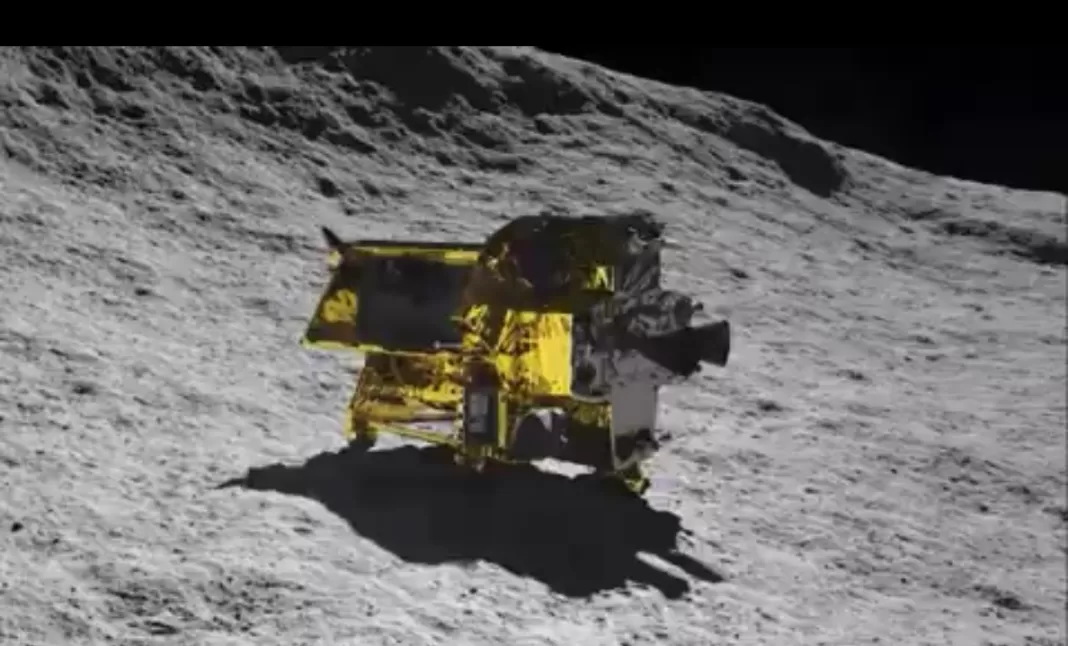Japan has achieved a historic feat by landing its Smart Lander for Investigating Moon (SLIM) spacecraft on the lunar surface, becoming the fifth country to do so after the US, the former Soviet Union, China and India. However, the mission is not without challenges, as the spacecraft is unable to generate power from its solar cells and is relying on its limited battery capacity.
The Japan Aerospace Exploration Agency (JAXA) confirmed that SLIM successfully touched down on the Moon on January 20, 2024, at 0:20 am (JST), near the Shioli Crater, a scientifically interesting site that has not been explored before. The spacecraft established communication with Earth after the landing and sent back telemetry data and images of the Moon.
However, JAXA also revealed that the solar cells on SLIM are not functioning properly and are not providing enough power to operate the spacecraft’s instruments and sensors. The agency said that it is giving priority to data acquisition from SLIM while it is still alive, and that it will conduct a detailed analysis of the data in the future.
SLIM is Japan’s first lunar landing mission and part of its broader Moon exploration program, which aims to establish a presence on the Moon and contribute to the international efforts to utilize the lunar resources and environment. SLIM is also a precursor to Japan’s planned lunar rover mission, which is scheduled to launch in 2029.
A global media for the latest news, entertainment, music fashion, and more.



